by Assi Philosoph
Playing chess in Jerusalem may be a once in a lifetime experience. The atmosphere in the city is unique, with its thousands of years of history, culture, and architecture. Like the game of chess itself, Jerusalem is a city that has survived many wars and generations, yet still continues to captivate its visitors.
The players and spectators arriving in Jerusalem will not only enjoy a great international tournament, but also will have a hard time choosing which places to visit in the city in their free time! In fact, to truly make the most of the city, we’d recommend catching a later flight home. It’s not every day that you have the opportunity to be in the Holy City!
In the rest of this article, we’ll recommend the “must-see” sights for your visit to Jerusalem.
First of all, any traveller’s itinerary in the city must include the Old City. Famous as the home of the Western Wall, and the Church of the Holy Sepulcher, you could spend days exploring its four quarters – Jewish, Christian, Muslim, and Armenian – and only see but a small part of its many treasures.
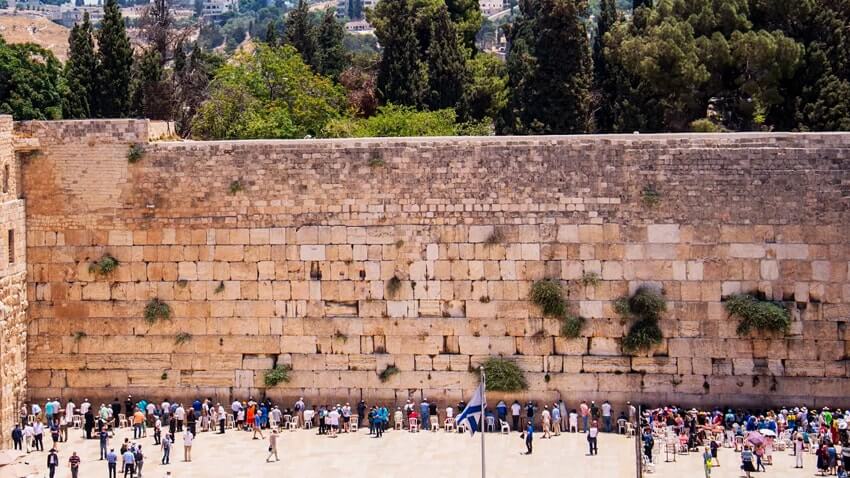
The Western Wall
The Old City is definitely the jewel of Jerusalem. The “Kotel Hamaaravi” (Western Wall) is the last remaining wall of the most magnificent building Jerusalem has ever seen: the Second Temple, built by the great King Herod.
It was destroyed in the year 70 CE and for centuries Jewish people from around the world have been going there to mourn the loss of this grand temple. You will often find hundreds of people of different nationalities and religions deep in prayer, as the wall is believed to have enormous spiritual significance.
It is a tradition for the people that visit to write a note and place it in the cracks of the Western Wall, as it is believed the message will be taken to God. You will often find doves, a symbol of peace, resting in the crevices of this impressive structure.
The Western Wall is a national symbol as the ancient bricks have seen the birth, exile and redemption of both Israel and the Jewish people. It’s a very popular location for national ceremonies and even bar mitzvah (a Jewish coming of age ritual).
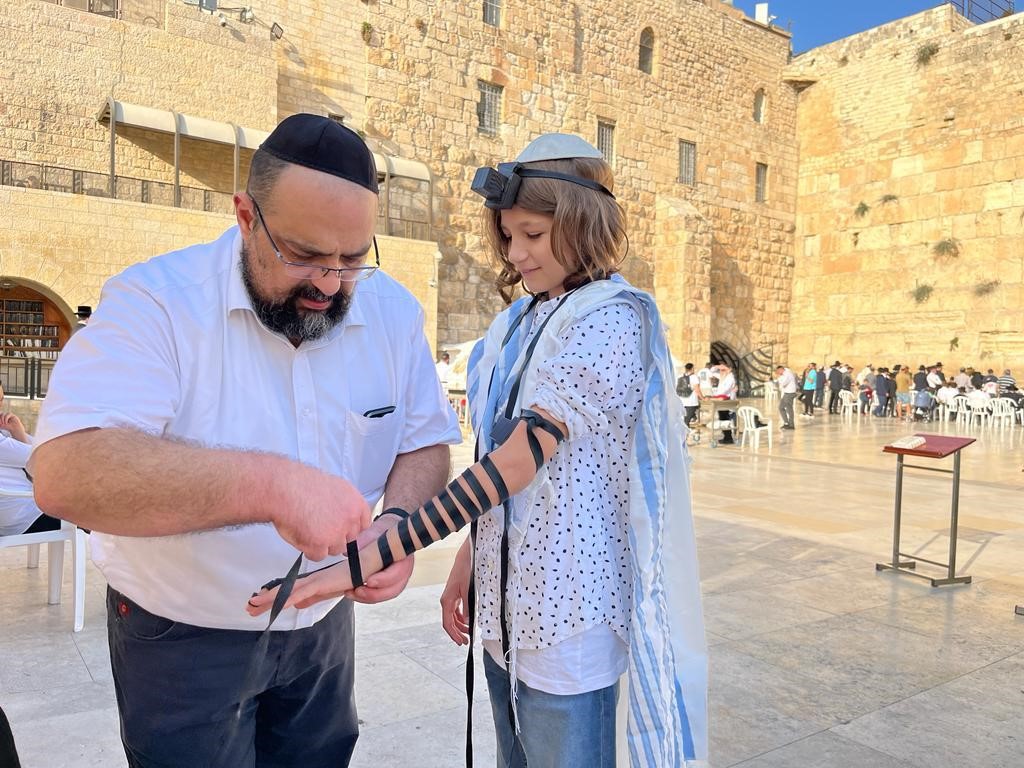
A 13-year-old Jewish boy with the tefilin, celebrating bar-mitzva (Photo: Valentin Lazar)
The “Rook” (Tower) of David Museum
Jerusalem’s Citadel, known as the “Tower of David”, is a historical and archaeological asset of international significance. The tower is a medieval fortress that is located near the Jaffa Gate, the historical entrance to the Old City, and has been the symbol of the city of Jerusalem for generations.
At the Tower of David Museum, you are presented with Jerusalem’s astounding story. While absorbing yourself in legends of the past and their dramatic chronicles it will not take you long to realise that the very stones of the museum are part of this city’s living history.
The 500-year-old walls are part of the Turkish citadel; its name derives from a tower so massive that early Jerusalemites ascribed it to their great King David. Yet, despite the name being “The Tower of David”, it was actually built by King Herod.
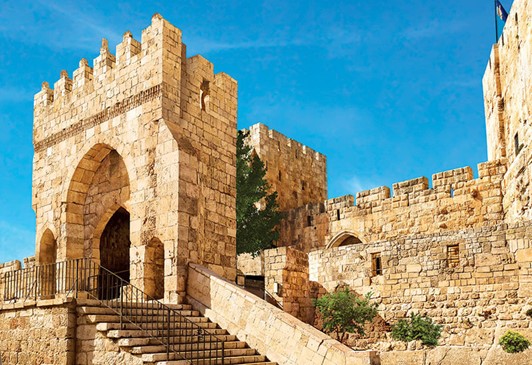
The entrance of the Tower of David
Your visit can begin with a breath-taking view of Old and New Jerusalem from the top of the tower. Each ancient room has been revamped to showcase a different period, allowing the tempestuous events of 4,000 years to fall perfectly into place in your mind.
Via Dolorosa
Via Dolorosa (“Way of Sorrow” in Latin) is a route through the Old City of Jerusalem that is believed to be the path Jesus walked to his crucifixion. The route goes from Antonia Fortress to the Church of the Holy Sepulchre, a distance of about 600 meters, and is a celebrated place of Christian pilgrimage. The route was established in the 18th century. Today it is marked by the 14 Stations of the Cross, the final five stations of which are located inside the Church of the Holy Sepulchre.
The site of the Church of the Holy Sepulchre in Jerusalem is identified as the place both of the crucifixion and the tomb of Jesus of Nazareth. The church has long been a major pilgrimage centre for Christians all around the world.
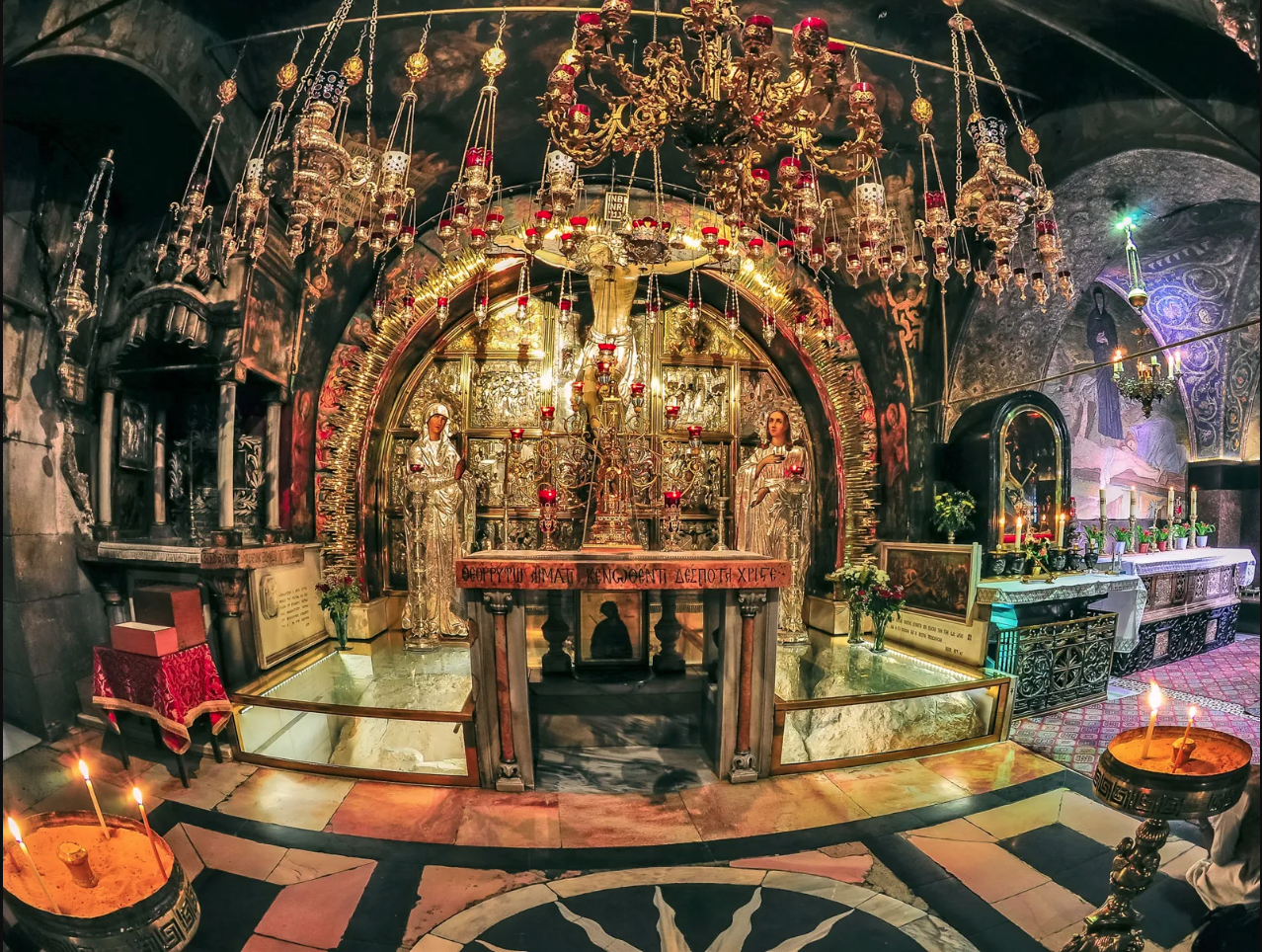
The Temple Mount
Seen as the holiest site for Jewish believers, parts of the four walls surrounding the Temple Mount date back to the time of the Second Jewish Temple, in the first century BCE. The walls were built around the summit of Mount Moriah. In the Bible, this is where Abraham offered his son Isaac as a sacrifice.
The Temple Mount is the third holiest site for Muslims after Mecca and Medina. Alongside the Abrahamic history of the site, in Muslim tradition, this is where the Prophet Mohammed made his “Night Journey” to the throne of God. In the seventh century, following the Muslim conquest of Jerusalem, they built the Dome of the Rock. It is the gold-topped Islamic shrine seen in many iconic photographs of the Old City, next to the Al-Aqsa Mosque.
Today, within the area of the Temple Mount, there are about 100 different structures to see, spanning different time periods and including prayer locations, arches, and fountains. It is definitely worth the visit. As there are certain restrictions for visitors, it is important to understand the rules before you go.
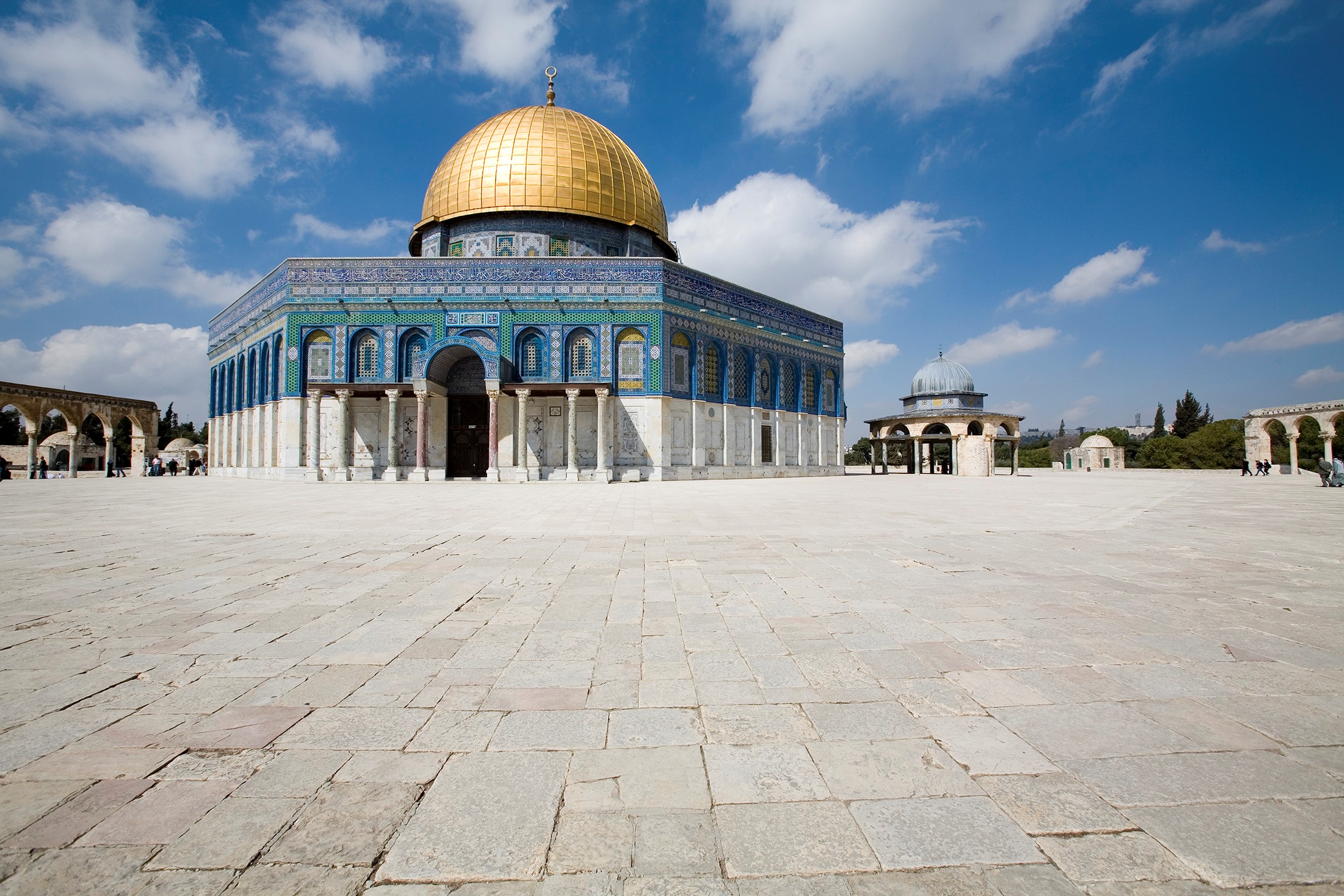
Mamilla Avenue
In the seam between Old and New Jerusalem, opposite the breathtaking view of the Old City walls and only few steps away from Jaffa Gate and the Western Wall, you’ll find Mamilla Avenue. This modern open-air street mall has become popular with locals and tourists alike, thanks to its proximity to the Old City and because it brings together the best of all worlds: a rich history, local culture, and a sophisticated retail experience in a word-class prime location.
Mamilla Avenue is a contemporary entertainment complex that offers its visitors a taste of the rich, original and ever-innovative Jerusalem culture. To fully experience what Mamilla Avenue has to offer, the best time to visit is when the weather is warm. Thousands of people stroll the avenue every night during the summer and enjoy a variety of cultural events. Join them as they enjoy the street art fairs, open exhibitions, street theater, clowns, acrobats, drummers, and daily musical performances.
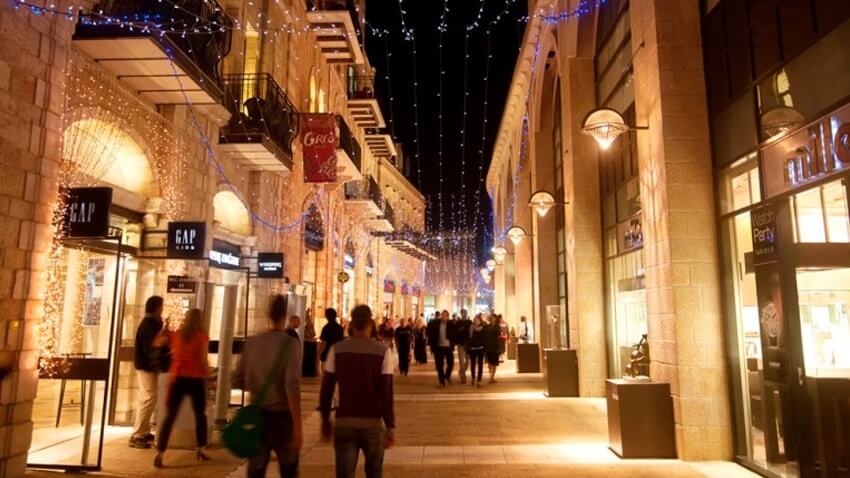
The first station
Continuing the route outside the Old City, go to Beit Lechem Street, where you’ll have your choice of popular, contemporary restaurants and bars. Then stroll all the way up Emek Refaim Street or through HaMesila (Railway) Park until you reach The First Station. A railway depot for over 100 years, the site has now been transformed into an urban shopping and culinary mecca that’s chock-a-block with restaurants, shops, art galleries and an artists’ marketplace three days a week, as well as live performances and more.
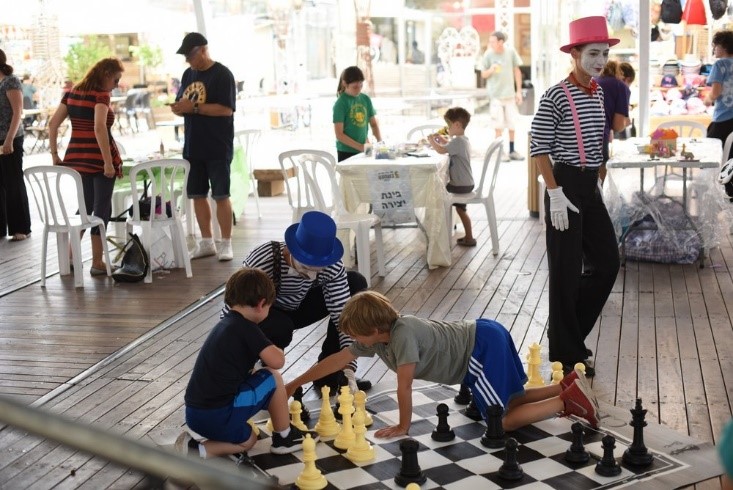
Machane Yehuda market
For a unique shopping experience, go to the Machane Yehuda market, a place full of flavours and diversity. You can walk around the market, and will most definitely want to taste a piece of everything. There is a plenty of local food to be had, and we would like to recommend some of the most popular street food here:
Sabich: An absolute original, sabich is a truly unique local dish comprised of a pitta bread packed with fried eggplant, hard-boiled eggs, and pickles, usually topped with amba, a local, flavourful condiment. Once you try it, you’ll be hooked for life.
Malabi: A simple and surprising dessert, made of a mixture of rosewater, milk, cornstarch and sugar. Malabi is a very popular Jerusalem dish, sold in many Middle Eastern restaurants and kiosks throughout the city. Guaranteed to be nothing like anything you have ever tasted.
Falafel: The ultimate local street food, found on nearly every street. Try it alone or, even better, in a pitta bread with hummus, fries and fresh vegetable salad – absolutely delicious.



Sabich, falafel and malabi – you will love them all!
Beteeavon! (Bon appetite!)
We can’t wait to host you in Jerusalem!





